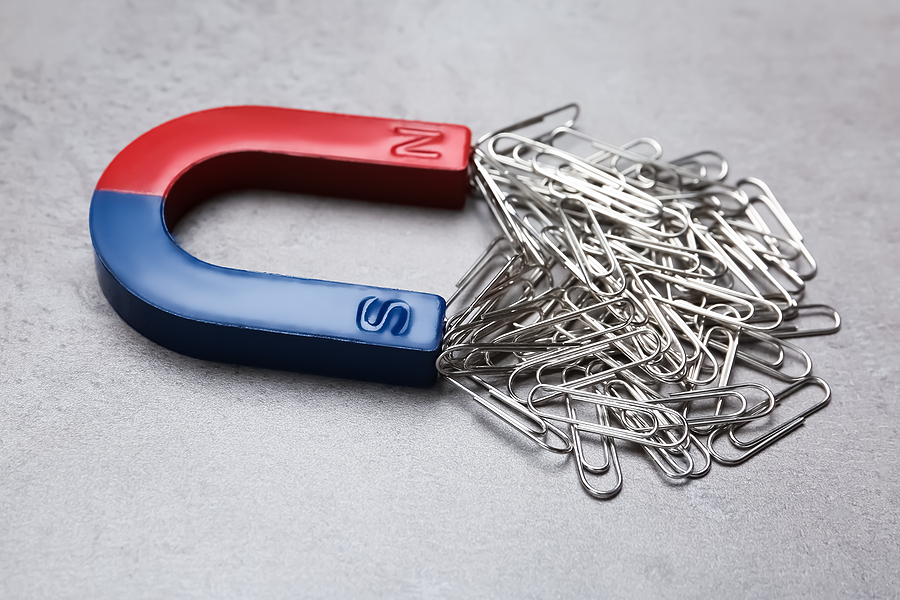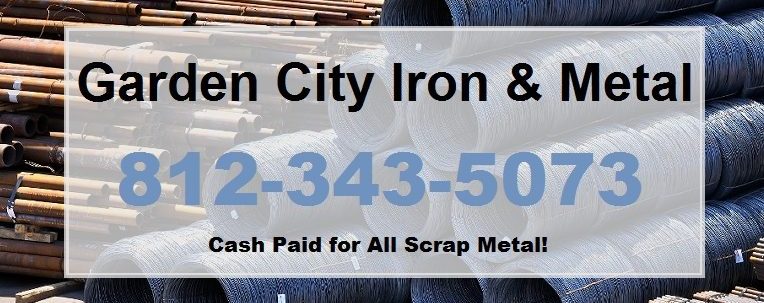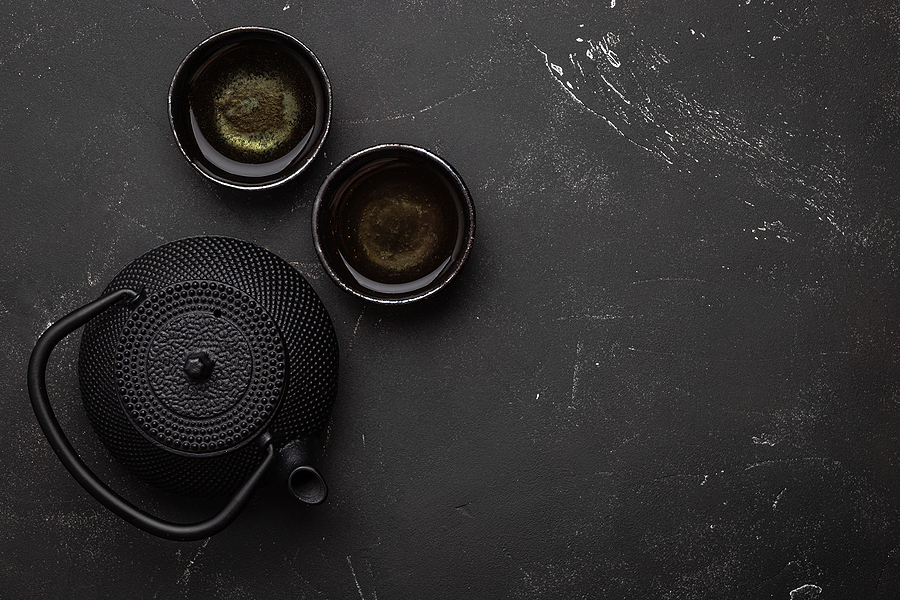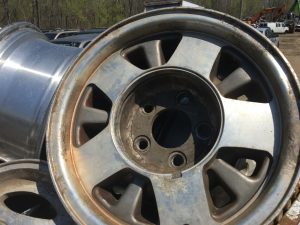Recycling iron is one of the most important things we can do to protect our environment. Iron recycling not only conserves natural resources, but it also reduces pollution and saves energy. Scrap iron that would otherwise be discarded can be repurposed for a variety of uses in industry and construction. By diverting iron from landfills, recycling iron helps reduce waste management costs while simultaneously protecting both human health and the environment.
Continue reading to review some key benefits of iron recycling, plus how to make fast cash when you recycle iron in Indy.
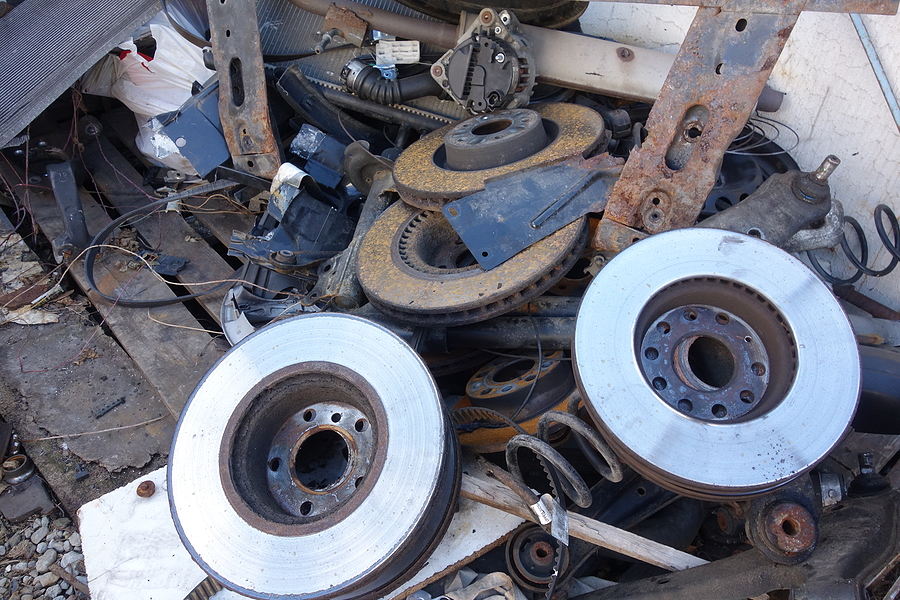
The Importance of Iron Recycling and the Advantages it Delivers
1. Reduces Air Pollution: The iron and steel industry is one of the biggest sources of air pollution, with iron production accounting for up to 50% of all industrial airborne emissions. When iron scrap is recycled, it reduces the need for iron ore extraction and subsequent combustion of fossil fuels — both major contributors to air pollution.
2. Conserves Natural Resources: Recycling iron saves valuable natural resources like iron ore and coal, which are used to make new iron products from scratch. According to the U.S. Environmental Protection Agency (EPA), recycling a ton of steel conserves 1,340 kilograms of iron ore, 630 kilograms of coal, and 55 kilograms of limestone — resources that would otherwise be wasted if iron was not recycled.
3. Reduces Environmental Hazards: Iron is a potentially hazardous material if it ends up in landfills, where iron waste can leach dangerous chemicals into the soil and groundwater, contaminating them in the process. Recycling iron helps prevent this type of environmental contamination.
4. Saves Energy: Every ton of iron ore that is recycled saves enough energy to power an average American home for nearly 10 days — equivalent to around 6 million British Thermal Units (BTUs). This includes conserving electricity used by iron production facilities, as well as eliminating the need for additional mining and transportation of iron ore from mines to steel mills.
Recycling Iron is the Right Choice
Recycling iron plays a vital role in preserving our environment and natural resources. By diverting iron from landfills and repurposing it for use in industry and construction, iron recycling reduces air pollution, conserves natural resources, eliminates environmental hazards and saves energy — making it an essential part of any sustainable waste management policy.
By taking the right steps to recycle iron, we can all contribute to a more sustainable future. From donating iron scrap to locating local recyclers that accept iron materials, there are many ways to ensure iron waste is recycled instead of ending up in a landfill. Recycling iron not only helps protect our environment but also creates jobs and contributes to economic growth — making it a win-win solution for everyone.
Interact with us to learn more about iron recycling and ways you can be part of the solution. Contact Garden City Iron & Metal at 1-888-586-5322 to speak with a professional scrap metal buyer in Indianapolis, Indiana. We accept all scrap metal and metal commodities, including cars, construction equipment, and auto parts.
Related Posts:
Can I Recycle Wrought Iron?
Nonferrous Metals 101: The Basics
5 Fundamental Categories of Metal

